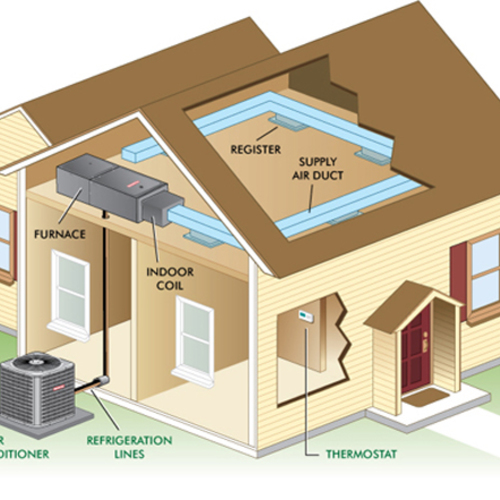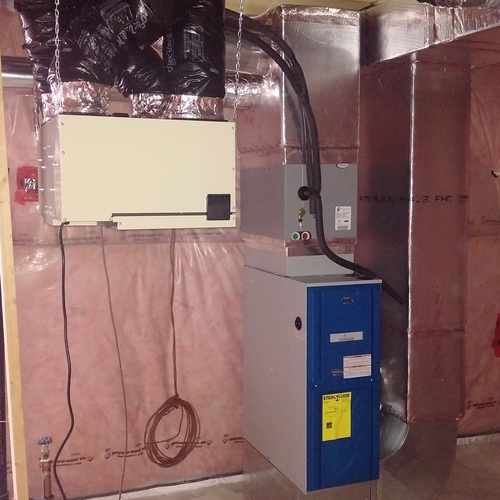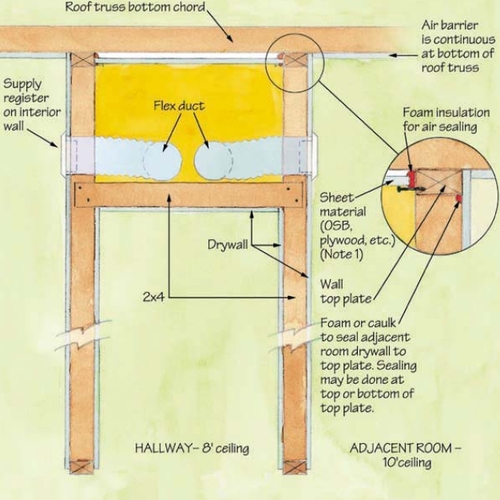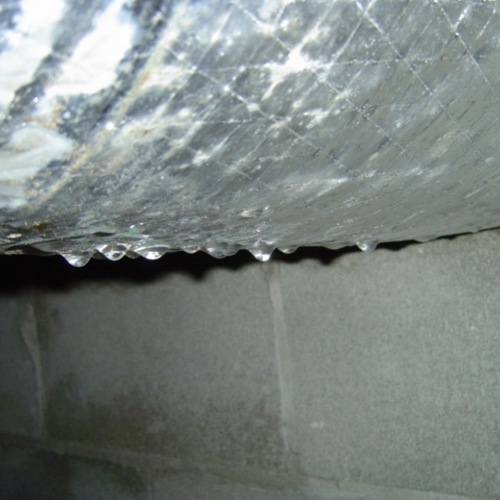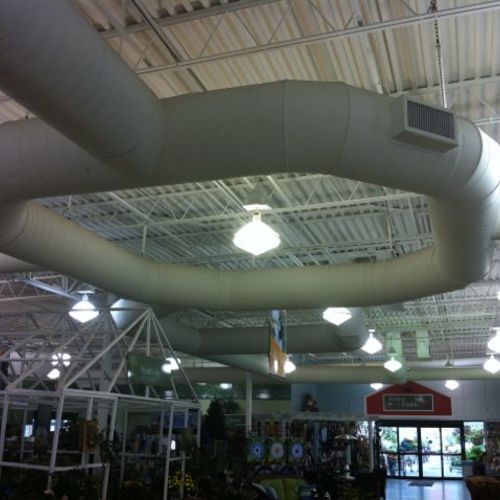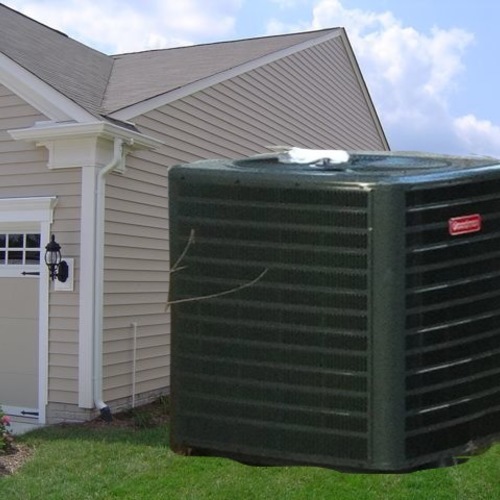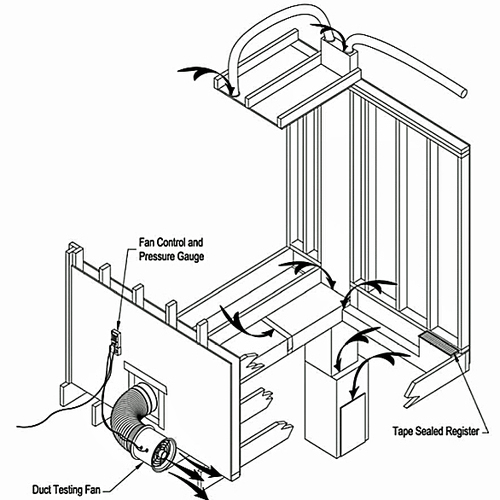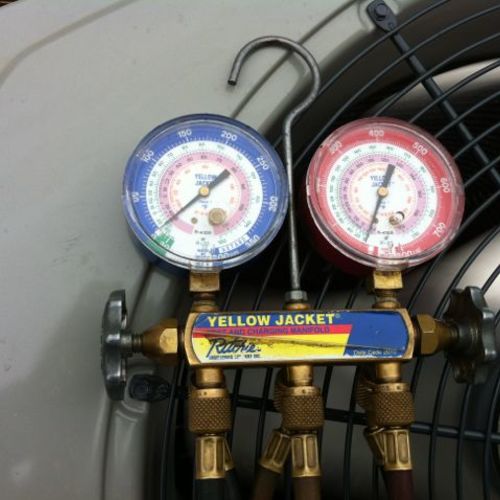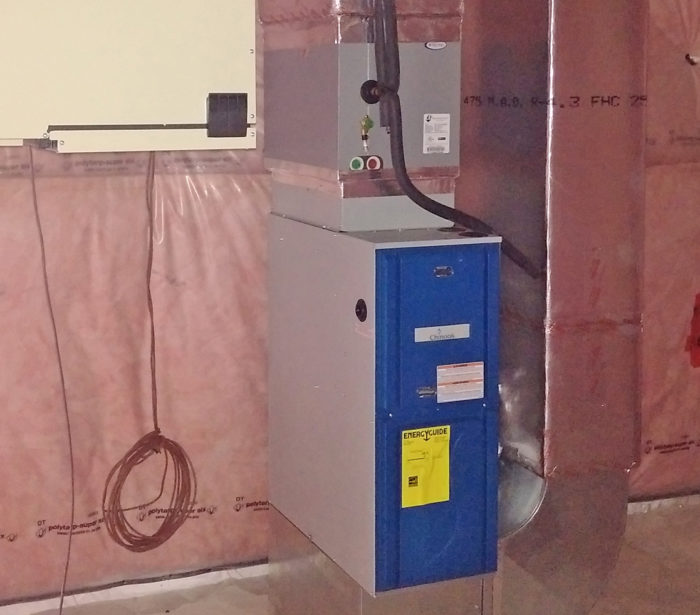
This is a list of the most important GBA articles on forced-air heating.
If you are looking for an index that spans all categories, with a special focus on “how to” articles, check out this resource page: “How to do Everything.”
-
All About Furnaces and Duct Systems
UPDATED on March 2, 2017 with information on the Dettson furnace rated at 15,000 Btu/h. Many different appliances can be used to heat a house, including boilers, water heaters, heat pumps, and wood stoves. However, most homes in the U.S. are heated by a forced-air furnace. These devices are connected to ducts that deliver heated air to registers throughout the house. Different types of furnaces are manufactured to burn a variety of fuels, including natural gas, propane, oil, and firewood. The most common furnace fuel in the U.S. is natural gas.
-
Finally, a Right-Sized Furnace
For years, builders of energy-efficient homes have been frustrated by the lack of low-load furnaces. An article I wrote in 2013 about this problem began with this question: “Why are the smallest available American furnaces rated at about 40,000 Btu/h?” A 40,000 Btu/h furnace is likely to be more than twice the size of what is needed to heat a small energy-efficient home. Many homes in this category have a design heat load of only 12,000 or 15,000 Btu/h.
-
Keeping Ducts Indoors
If you live in New England, you know that furnaces are installed in basements. But any New Englander who moves to Oregon soon learns that furnaces are installed in garages. And anyone who retires to Texas discovers that furnaces are installed in unconditioned attics. Of course, there are many other examples of similar regional differences in construction practices. But this is one regional difference that matters. New Englanders have it right: furnaces and ductwork belong inside a home’s conditioned space, not in the great outdoors.
-
Buried Ducts Allowed in 2018 Energy Code
Water vapor from the air condenses on air conditioning ducts in humid climates. It's as normal as poorly insulated bonus rooms making occupants uncomfortable or cigarettes causing lung cancer†. Condensation on ducts is most common in crawl spaces and basements, where the air is more likely to have a higher dew point.
-
How to Get Your Ducts Inside the Building Enclosure
I'm a big advocate of getting ducts inside the building enclosure. In cooling climates, getting ducts out of an unconditioned attic can save you 15% on your electricity bills. It can reduce the size of air conditioner you need by 25%. If it's not in such a harsh environment, your air conditioner will last longer, too.
-
Sealing Ducts: What’s Better, Tape or Mastic?
Most residential duct systems have numerous leaks that waste energy and lead to room-to-room pressure imbalances. Unfortunately, though, few building inspectors outside of California bother to enforce existing code requirements that residential duct seams be sealed with mastic or high-quality duct tape.
-
Thou Shalt Commission Thy Ducts!
The typical new home gets a heating and air conditioning system that's about two times too large. I've discussed oversized air conditioners many times before.
-
Duct Leakage Testing
For years, Americans who would never put up with leaky plumbing pipes have been willing to accept leaky ducts. While water damage is hard to ignore, the damage caused by leaky ducts is more subtle. Yet leaky ducts not only waste huge amounts of energy — they can also lead to comfort complaints, moisture problems, mold, and rot.
-
Why Don’t More HVAC Contractors Own Duct Leakage Testers?
HVAC contractors own a lot of equipment. Of course, they have pressure gauges to test refrigerant charge in air conditioners and heat pumps, and many more pieces of technical equipment. One piece that few contractors own, however, is a duct leakage tester. With more and more state energy codes requiring duct leakage tests, doesn't it seem obvious that HVAC contractors need to be like plumbers and test their own work before passing it off?
-
Using a Tankless Water Heater for Space Heat
You can buy a gas-fired tankless water heater for $600 — or even $300, if you want a bare-bones model. These appliances are remarkable: they are compact enough to hang on a wall and can begin producing an “endless” flow of hot water almost instantly. Many people look at these small appliances and think, “Why can’t I use one to heat my house?” The answer is, you can. However, just because you can, doesn’t mean you should.
